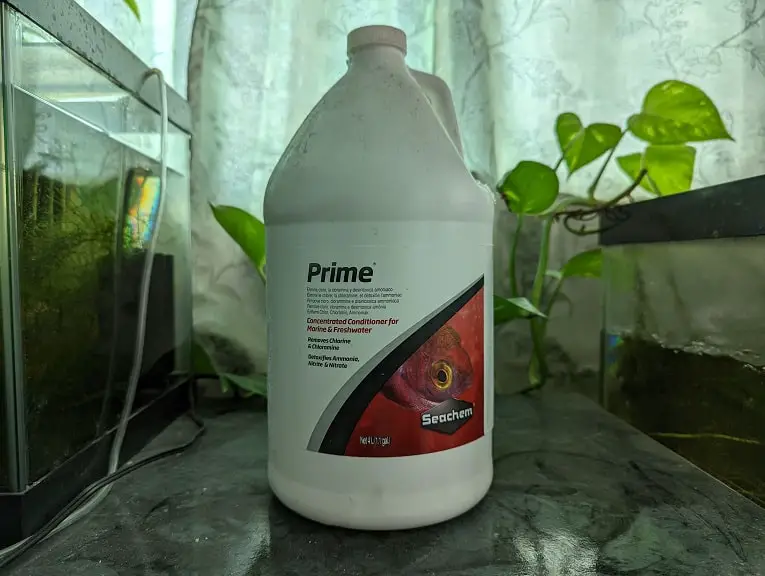Although the Glas Garten Bacter AE Water Additive Micro Powder is one of the best supplementary foods you can get for your Caridina (Crystal Red and other variants) and Neocaridina davidi (Red Cherry and other variants) shrimps, it can also cause water quality issues when you dose too much of it.
You can check out this troubleshooting tutorial at Aquarium Blueprints to see what you can do when you accidentally overdose your shrimp tank with Bacter AE.
What happens when you overdose Bacter AE?
If you put too much of this micro powder in your water, the nitrate levels of your aquarium will increase, which may also lead to an algae bloom. Furthermore, the oxygen supply of your tank will be depleted.
If you don’t take action quickly, then your shrimps will have to deal with high nitrate levels and low oxygen levels. In the worst-case scenario, you could see some deaths in your colony.
How to fix a shrimp tank overdosed with Bacter AE
In order to clear out copious amount of Bacter AE from your aquarium, you can take the following steps:
Step #1:
If you believe that you have overdosed you shrimp tank with Bacter AE. Then the first step you can take is to do a water change as soon as possible.
When doing a change, make sure you remove as much of the powder as possible. The good news is that, if you drop the Bacter AE in your tank, most of it should stay afloat at the top of the water link for quite some time.
You may also want to consider vacuuming the gravel and other surface areas on your tank to remove any of the micro powder that may have settled on it.
Keep in mind that shrimps are more sensitive to fish when it comes to water changes. Therefore, we recommend switching out no more than 10% of the tank water at a time.
When adding water back in, you should also drip feed the tank to gradually and safely acclimate your shrimps to the new water parameters.
Of course, you should use a water conditioner like Seachem Prime if you are using tap water.

If you don’t believe that a 10% water change is enough, then you can do another 10% after 24 hours have passed. In terms of nitrate levels, you should aim for 20 ppm for a shrimp tank. You can test for nitrates by using a product such as the API Freshwater Master Test Kit.
Step #2:
After doing a water change, the next step we recommend taking is to add more oxygen in the overdosed Bacter AE shrimp tank. In order to do so, you have to increase the surface agitation to promote gas exchange at the top of the water line.
One of the ways to increase surface agitation is to add a bubbler. If you already have a bubbler in your tank, then you can try increasing the air output if possible.
If you are using a filter, you can also slightly increase the waterflow. Make sure that you don’t increase the flow too much or your shrimp may have a hard time moving around in your tank. If your spray bar, or any other type of water output, is underwater, you can try to move it slightly above the water level to help improve the oxygen exchange.
Step #3:
In addition to a water change and increasing the oxygen in your tank, we also recommend feeding your shrimps less, or not at all, for the next day or two. This will give your pets time to dwindle down the population of the bacteria colony that came with the Bacter AE.
We also don’t recommend dosing the powder again until a full week has passed since the overdose as an extra precaution.
Of course, you should dose a lot less Bacter AE the next time in order to prevent it from fouling your tank water and potentially harming your Caridina or Neocaridina shrimps.
